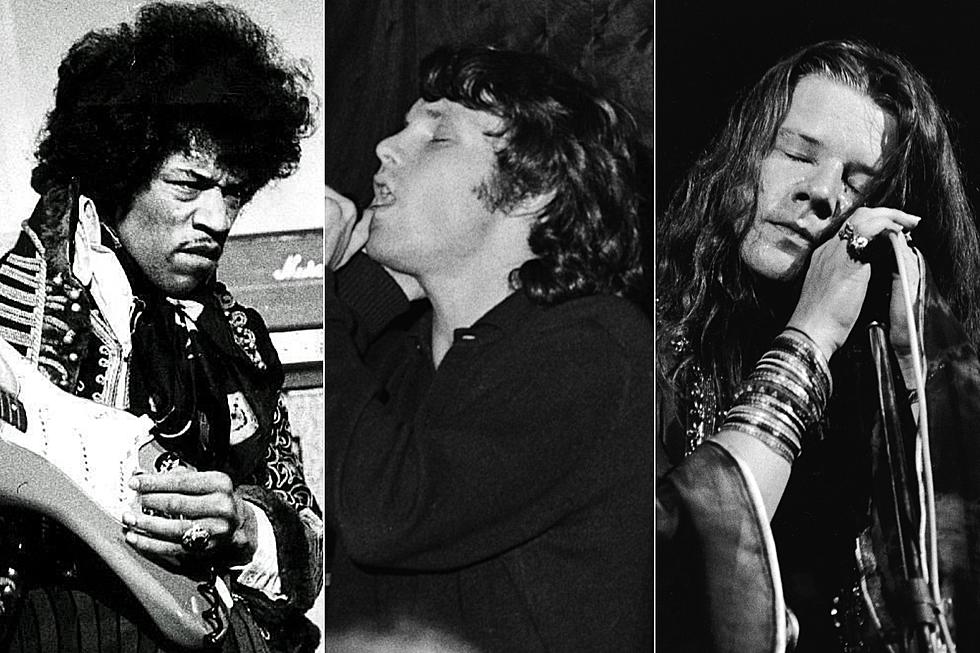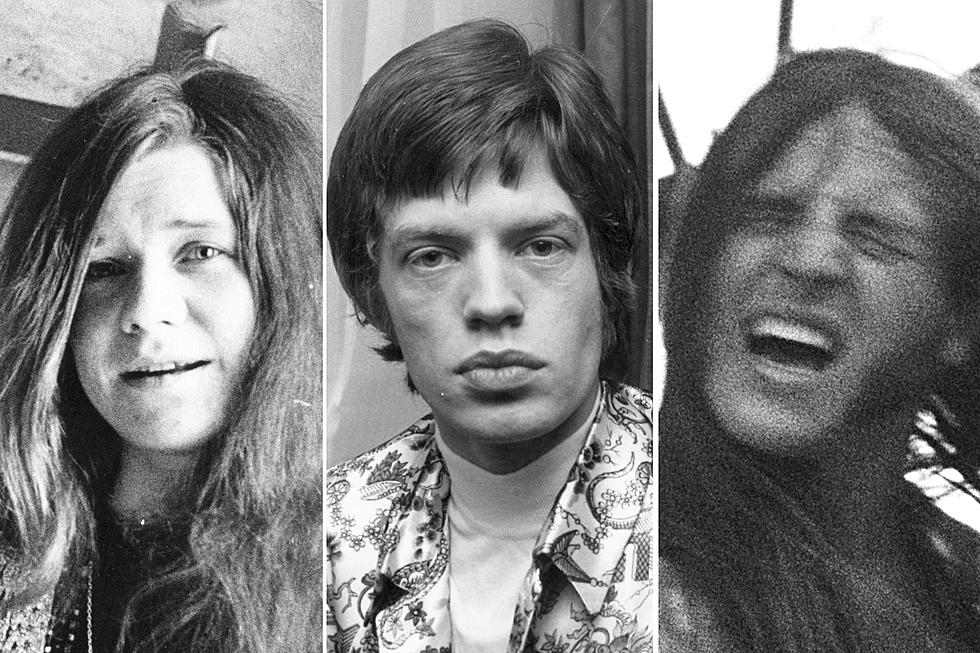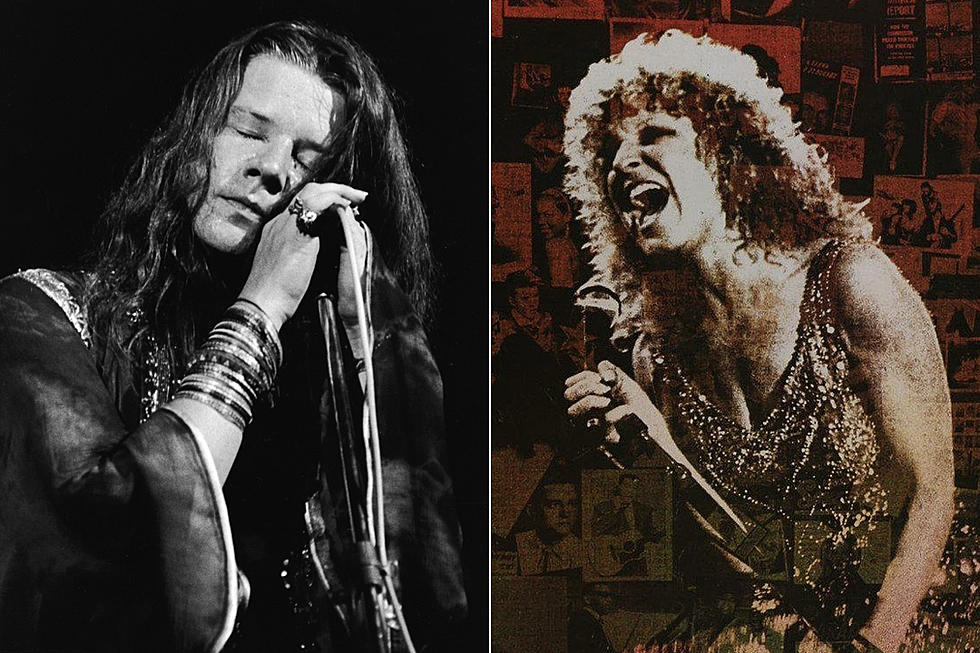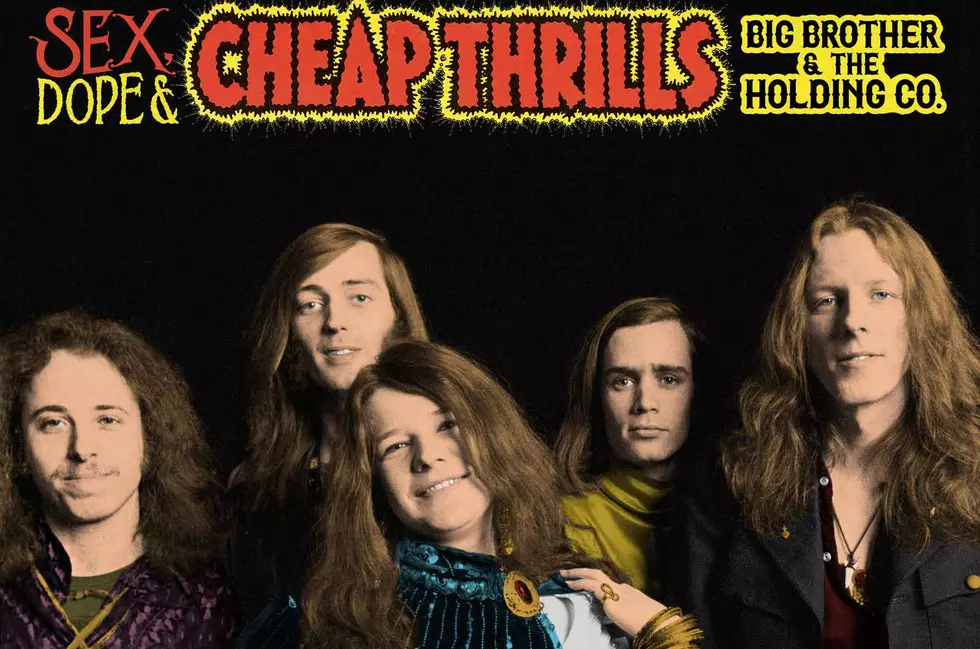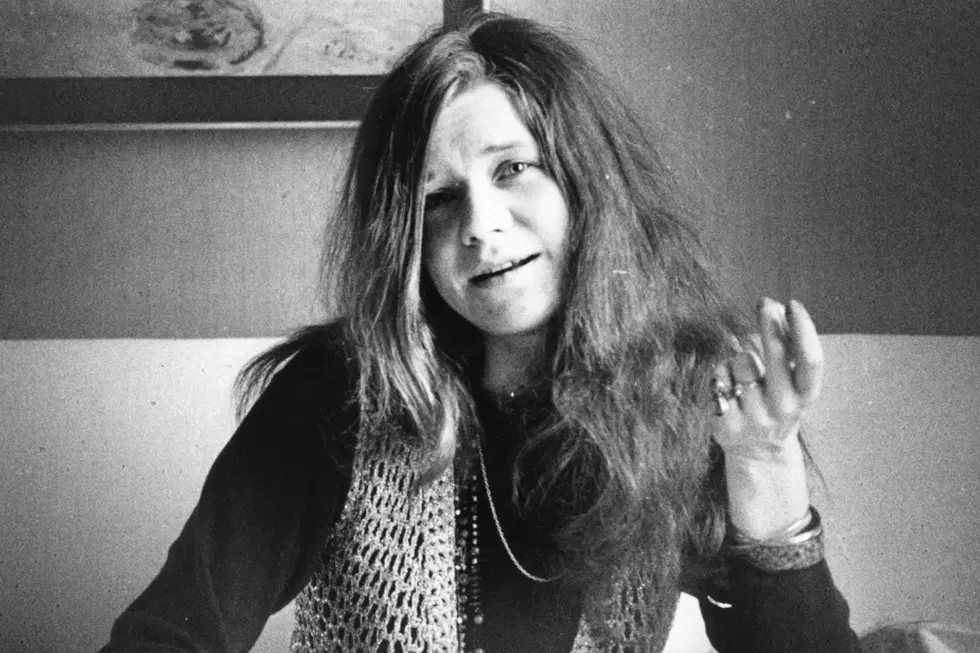
The Day Janis Joplin Died
In September 1970, Janis Joplin was optimistic about her future. She neared completion of her latest album, Pearl, and was engaged to Seth Morgan, who reportedly lived off a trust fund from his wealthy family. After a vacation with Morgan, Joplin and the Full Tilt Boogie Band would embark on a fall tour.
With all this in the works, it was a shock that Joplin, 27, died in the early hours of Oct. 4, 1970, of a heroin overdose.
Joplin enjoyed working with the Full Tilt Boogie Band after stints with Big Brother & the Holding Company and the Kozmic Blues Band. Her first effort with producer Paul Rothchild at L.A.'s Sunset Sound yielded memorable tracks like "Me and Bobby McGee" and "Cry Baby."
"She told me how much it was blowing her away working with him," Joplin's road manager John Byrne Cooke later told Classic Bands. "Their work together was opening up her understanding of ways to use her voice that were going to stand her in really good stead in the years to come. She was flowering. She expressed to me and to other people at the time what she saw as the future. She was changing her view of the future."
While recording in Los Angeles, Joplin and the band stayed at the nearby Landmark Hotel, a popular haunt of musicians who often called it the Land Mine. David Crosby suggested in Long Time Gone that the hotel's appeal to musicians was its "convenience of being close to the street dealers, who weren't welcome by the sheriff's deputies and Beverly Hills police further west."
Cooke acknowledged that there were "things about recording that are boring even if you're real excited about your record producer, even if you're really excited about the music and the band. When Janis got bored, she started dabbling again." Dabbling, Cooke added, with heroin. "She had an addiction; she had a problem. She had cleaned herself up and been clean for six months. I know that for a fact."
Joplin left the recording studio on the night of Oct. 3 after listening to the backing track for "Buried in the Blues." Joplin told Rothchild that she would return the next day to record her vocals. After sharing drinks with a few band members at Barney's Beanery, Joplin returned to the Landmark.
The following afternoon, Cooke received a call from Rothchild, who was concerned when Joplin did not show up for the session. Cooke drove to the hotel when calls to Joplin's room went unanswered. Joplin's Porsche, painted in psychedelic colors, was in the parking lot. "As I pass through the lobby, I stop at the desk and get a key to Janis's room from Jack Hagy, the manager," Cooke recounts in his memoir On the Road With Janis Joplin.
Listen to Janis Joplin's 'Me and Bobby McGee'
"Janis is lying in an awkward position, her head and shoulder wedged against the bed and the bedside table. In her hand, there are four dollar bills and two quarters. On the side table, there's a pack of Marlboros.
"The story is obvious to an interested observer: She got change for a five, bought cigarettes for 50 cents from the machine in the lobby, came back to the room, sat down, and keeled over before she could light one," Cooke added. "She was sitting on the bed and pitched over sideways. There's dried blood on her face where her head struck the corner of the bedside table.
Cooke argued that there was "no reason to think this is a crime scene, but that isn't my call. I know the rules. Don't disturb anything. Using the sides of my fingers against the edge of the drawer pull, I open the top drawer of the bureau. Right there, in the first place I think to look, in plain view, there's a hypodermic needle and a spoon. Her works."
Joplin's sister Laura said "the heroin Janis used that night she had purchased around 4PM that afternoon from George, her supplier for as long as she used the drug. She was careful to use only one supplier, and he was careful about what he sold," Laura wrote in Love, Janis. "Usually, he had a chemist check the drug before he sold it. For that batch, the chemist had been out of town. He had sold the dope without checking it. The dope Janis had bought that Saturday was four to 10 times stronger than normal street heroin. It was 40-to-50 percent pure."
Former Big Brother bandmate Peter Albin remembered that Joplin "went back on again about two weeks I guess before her death, and we heard from the grapevine, rumors or whatever. It was characteristic of her to go from an evangelistic point back to that thing again," Albin said in Janis Joplin: Her Life and Times. "She just had to eventually, inevitably do something like that. And she said the reason she started doing smack again was because when she was off she was doing a lot more drinking and it wasn't good for her voice, that's what she said. And smack, once you get used to it, if you get it every day, it doesn't fuck you up physically."
Joplin had actually explained her motivations, just a few months before her death. "All my life I just wanted to be a beatnik," she said in Piece of My Heart: A Portrait of Janis Joplin. "Meet all the heavies, get stoned, get laid, have a good time. That's all I ever wanted. Except I knew I had a good voice and I could always get a couple of beers off of it. All of a sudden someone threw me in this rock 'n' roll band. They threw these musicians at me, man, and the sound was coming from behind. The bass was charging me – and I decided then and there that that was it. I never wanted to do anything else."
Dr. Thomas Noguchi, the Los Angeles County Coroner, ruled that Joplin's death was caused by an accidental drug overdose. Joplin was 27 years old. A private funeral service attended by family members was held on Oct. 7. Joplin was cremated; on Oct. 13 her ashes were scattered over the Pacific Ocean and along Stinson Beach in Northern California
44 Famous Records You Probably Didn't Realize Were Covers
Janis Joplin is Part of Rock’s Tragic ‘27 Club’
More From Ultimate Classic Rock
